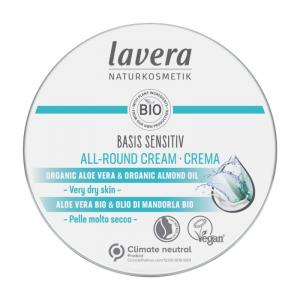Ribose
Other names: Ribose, ribose, (2R,3R,4S,5R)-5-(hydroxymethyl)oxolane-2,3,4-triol
Harm score: 2 (Derivatives of natural substances)
Ribose is an important component of several key substances in the body. Its other names, such as Ribose, ribose, (2R,3R,4S,5R)-5-(hydroxymethyl)oxolane-2,3,4-triol, distinguish it for its uniqueness. It is a pentose, which means that it is made up of five carbon atoms. Ribose is particularly well known for its role in genetics, where it is involved in the formation of RNA (ribonucleic acid) molecules. RNA is an essential component of life, as it serves as a carrier of information from DNA to produce proteins. Also, ribose is a component of ATP (adenosine triphosphate), a molecule involved in energy transfer in cells.
Ribose is also a component of some B vitamins, such as riboflavin (vitamin B2). In industry, ribose is used to make some dietary supplements that are used to promote exercise and muscle recovery, as ribose increases ATP synthesis in the body and thus promotes energy metabolism. The effects of ribose on muscle performance and recovery are mainly used in sports, where ribose is administered as part of sports dietary supplements. In addition, the possibility of using ribosa in the treatment of certain cardiovascular diseases is increasingly being investigated.
You won't find this substance in our products. Try the natural, chemical-free products in our range.

Exfoliating milk 500 ml
Product detail
Organic blackberry toothpaste (75 ml) - fluoride-free
Product detail
Sleep support - natural sleep support, 60 capsules
Product detail
White vinegar 10% with lavender scent 5000 ml
Product detail